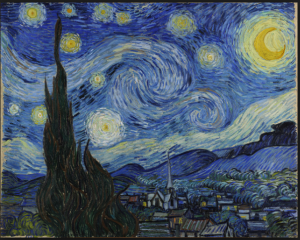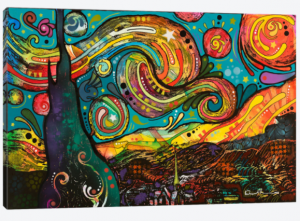The collection of books on display at the library today had a range of pieces, from lists of cattle written on papyrus to books printed with a printing press. So far in class we have been focusing on illuminated manuscripts. The manuscripts shown today were beautiful, with historiated letters and some marginalia colored in with pigments from different plants. One of the hymnal books on display featured many pictures with gold and bright colors, although not all of the pictures were filled in. It is possible that the pictures were left blank by mistake, but it was interesting how closely they resembled the pictures that were found in the books that came from the printing press.
One point made in the discussion today was that some nobility had the pictures in their printed books filled in with color after the book was complete. Out of the printed books on display, I was only able to find one picture that was actually colored in. It seems that the art of illumination shifted with the creation of the printing press. Now, instead of enhancing images with gold and brightly colored paints, the quality of the image could be enhanced by adding extra detail to the plate used to make the image. Additionally, the medium used to create the plate played a large role in determining how fine the details in the image could be. As the class progresses, it will be interesting to examine how illumination evolves in the presence of new technologies.


